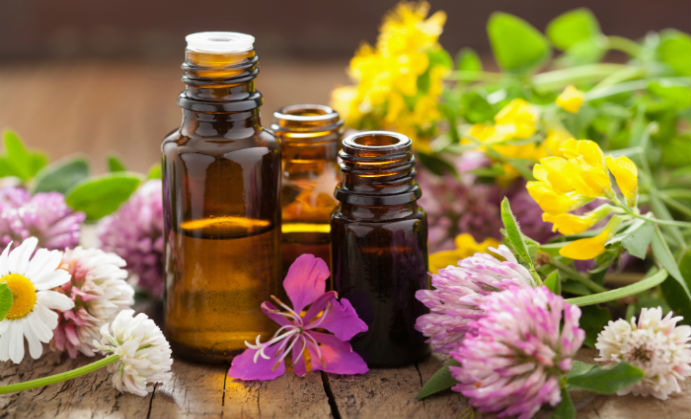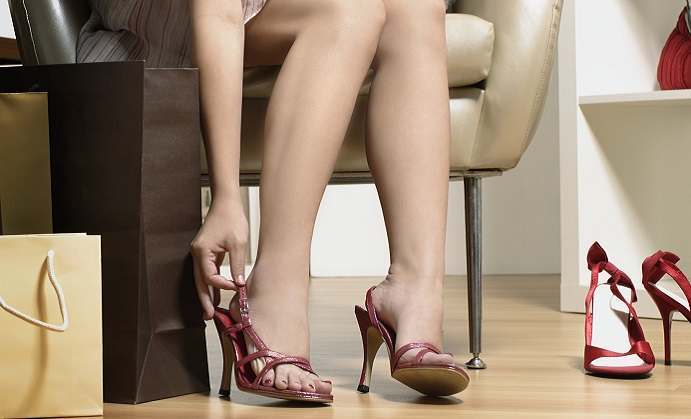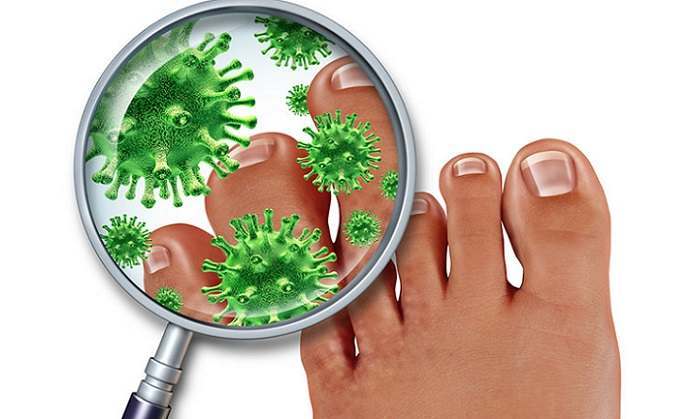What is considered athlete’s foot?
When a person is diagnosed with athlete’s foot, it generally means it is a fungal infection that is localized to the foot. This infection is caused by the tinea fungus.
How can a person tell if they have athlete’s foot?
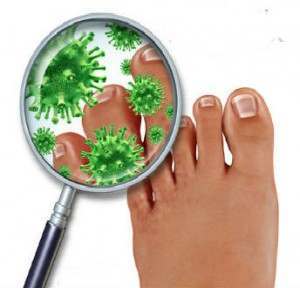 There are multiple symptoms that can help a person identify if they are suffering from athlete’s foot. Common symptoms such as: burning sensation, itching, tiny blisters, and inflamed or dry, scaly looking skin found between or on the toes come with this fungal infection. A person may also experience swelling or pain if the tiny blisters burst or break. Intense itching or burning sensations can also be experienced if left untreated. If diagnosed with athlete’s foot, the person will need to take precautions to not spread the fungus to other parts of the body. For example, scratching the infected site and then touching another part of the body can be risky. Susceptible areas such as under the arms or groin can also get infected with the fungus.
There are multiple symptoms that can help a person identify if they are suffering from athlete’s foot. Common symptoms such as: burning sensation, itching, tiny blisters, and inflamed or dry, scaly looking skin found between or on the toes come with this fungal infection. A person may also experience swelling or pain if the tiny blisters burst or break. Intense itching or burning sensations can also be experienced if left untreated. If diagnosed with athlete’s foot, the person will need to take precautions to not spread the fungus to other parts of the body. For example, scratching the infected site and then touching another part of the body can be risky. Susceptible areas such as under the arms or groin can also get infected with the fungus.
How is athlete’s foot caused?
People who have weak immune systems are more likely to get infected with something such as athlete’s foot. The transfer of the fungus can be spread in different ways. If a person touches another person who has the infection, it can be picked up. Also, gym and fitness clubs can be a breeding ground for this fungus as well. Walking barefoot on any damp floors of the locker rooms or public showers is a risk. People can also develop this fungal infection by touching animals that have it. This can be household pets or even farm animals. Sharing towels is another way the fungus is passed to another person. Males are also more likely and susceptible to get athlete’s foot than females.
How does one conventionally treat athlete’s foot?
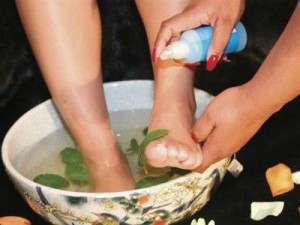 The form of treatment depends on how severe the infection is. For those with mild cases, a doctor can recommend non-prescription remedies. These medications can come in many forms such as powder, sprays, or even lotion. The physician will recommend that the patient continue this treatment for at least one to two weeks even after the symptoms of athlete’s foot have disappeared so the infection does not recur. If the case of athlete’s food is severe, the doctor will prescribe an oral antibiotic to be taken along with any local medication treatment to help battle the infection.
The form of treatment depends on how severe the infection is. For those with mild cases, a doctor can recommend non-prescription remedies. These medications can come in many forms such as powder, sprays, or even lotion. The physician will recommend that the patient continue this treatment for at least one to two weeks even after the symptoms of athlete’s foot have disappeared so the infection does not recur. If the case of athlete’s food is severe, the doctor will prescribe an oral antibiotic to be taken along with any local medication treatment to help battle the infection.
What are natural remedies for athlete’s foot?
For those who interested in taking a more natural approach to treating athlete’s foot, certain herbal oils can be used locally on the infected area. Other ways to treat or prevent athlete’s foot can be done as well. For instance, wearing open toe shoes (if weather permits) and keeping them constantly dry is crucial to preventing and eradicating the fungus.
Here are some other ways to self-care and prevention to avoid re-infection:
- Wear clean, cotton socks. They should be changed daily.
- Keep feet exposed to air whenever possible.
- Do not walk barefoot in public places such as the gym locker room or showers. Waterproof sandals or flip-flops are recommended.
- Dry feet extremely well. Make sure to get in between the toes.
- Do not wear other people’s shoes and get rid of ones that are very old or worn.


